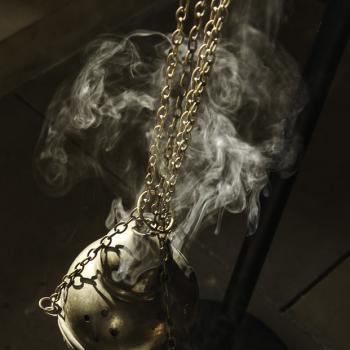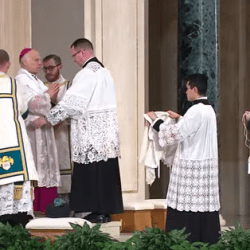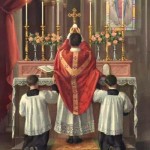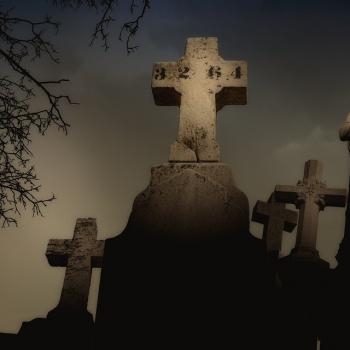What can you do for the Easter Vigil in a place where it doesn’t get dark until 10:30 at night?
From The Catholic Anchor, in Alaska:
In an ancient Christian custom, the Catholic Church begins the celebration of Easter in the dark of night before – on Holy Saturday.
But in a land famous for midnight sun, the lengthening daylight hours of spring can make it more difficult for parishes to start the Easter Vigil in the dark. This year, Easter falls on the second latest date possible on the church’s calendar – April 24. Sunset won’t occur until 9:40 p.m. that day and full darkness won’t occur until 10:32 p.m.
So this year, Archbishop Schwietz has given permission for the Easter Vigil to start before darkness – but no earlier than 8 p.m. on Holy Saturday.
In a March 9 memo sent to archdiocesan church pastors and administrators, Chief Operating and Financial Officer Father Steven Moore explained, “An earlier start time is not permitted so as to preserve the nature of the Easter Vigil as a night vigil and to avoid any confusion with the Saturday night anticipated Mass which is never permitted on Holy Saturday.”
The celebration of Easter is closely connected with the rite of baptism. Ages ago, preparatory liturgical acts began on the eve of Easter and continued through the night. Once known as the Great Service of Light, the night vigil of Easter signifies the passage of Christ from the dead to the living. The liturgy begins with the church in literal darkness – suggesting death. After the clergy enter, the Paschal candle is lit – representing the Light of Christ. The flame is passed to other candles, slowly illuminating the entire church. This signifies the passage of the Body of Christ, the people of faith, from spiritual darkness to the truth of Christ.












